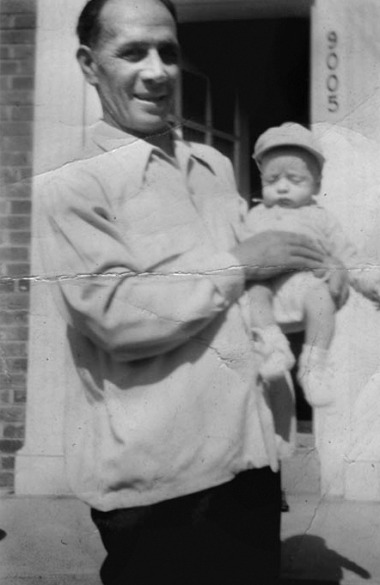At what point in time does a place become your own? Is it when you finally finish paying off the mortgage and have the deed of trust in your hands? Is it when you realize you love it so much you will fight and die for it? Does it take living on it for a specific amount of time before you know it is yours? Is it when you've birthed children on it? Or buried a family member in it? Perhaps the better questions are: does a place ever become your own? Is it possible to ever really own land?

When I was documenting the construction of I-26, I had a conversation with Richard Dillingham, a seventh generation mountaineer who at the time was curator of the Rural Life Museum at Mars Hill College. Richard described to me his evolution on the subject of land ownership in the wake of so many people losing land to eminent domain for the new interstate highway. During an archeological dig prior to the road construction, Dillingham said, a 12,000 year old clovis spear point was discovered close to the land that had been in his family for 200 years. The realization that people had inhabited his family land for thousands of years put his own family's ownership of that same land in perspective for him. He began to understand we never really own anything – that we are mere stewards, charged with the responsible management of land entrusted to our care.
When my daughter was a child, I would often tell her bedtime stories of a young Native American girl who visited our land hundreds of years ago. I would talk about how that girl, and her family, had stayed for short periods of time hunting game and berries, and perhaps even hid from soldiers during the Great Removal. I spoke of how that girl, like my daughter, had played in the woods and creek, slept under the stars, and drunk water from our springs. It was a story based on the facts of pottery chards and broken arrow points found along our creek bottom after plowing. It's doubtful that Native girl of my imagination thought of this place as something she owned, as most Native peoples eschewed ownership of land. But I wonder if she thought of this place as hers. Did she, like my daughter, hide in the crevice of the big rock and find secret places in the woods? Did she come to feel at ease in our forest, even in the dark of night, and during the storms of summer? Did she have a sense of care for this place, knowing in turn that the place would care for her? And is this reciprocal nature of care and time the true measure of when a place becomes your own?






















